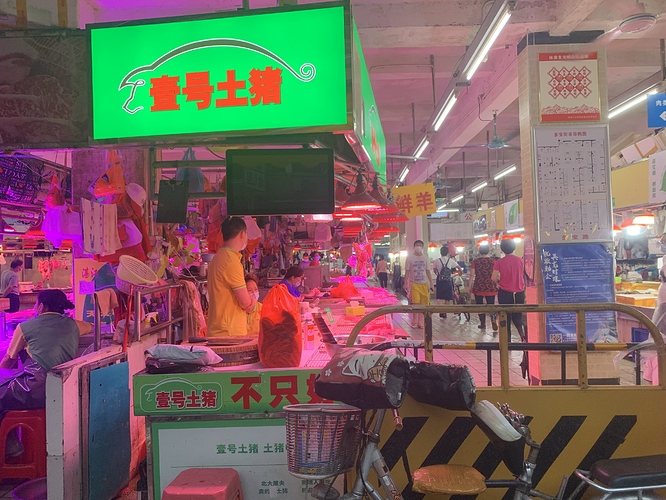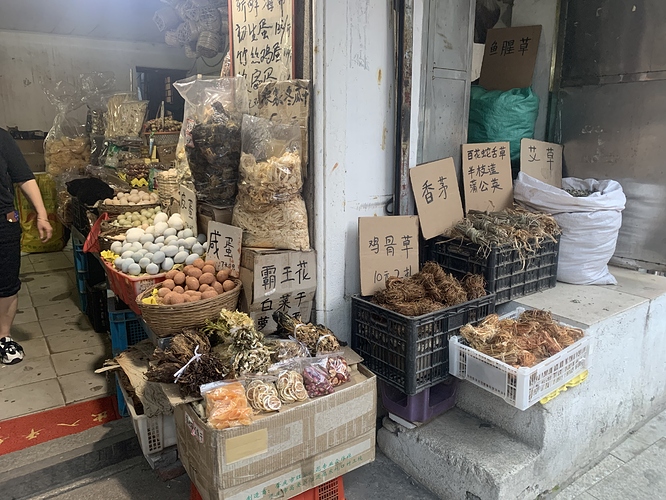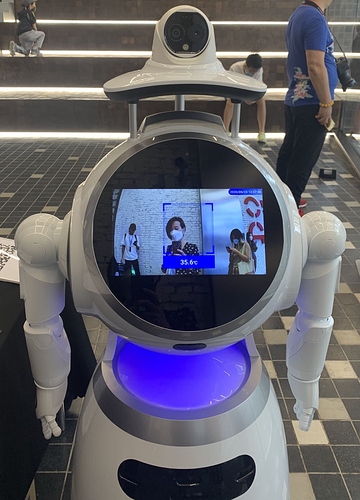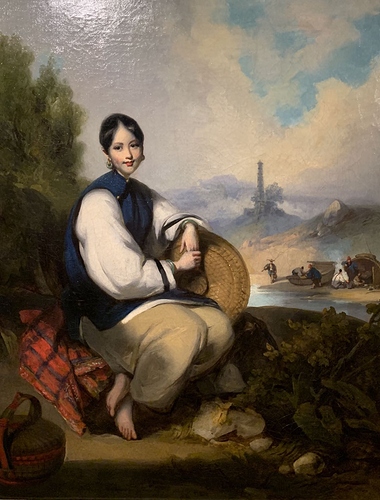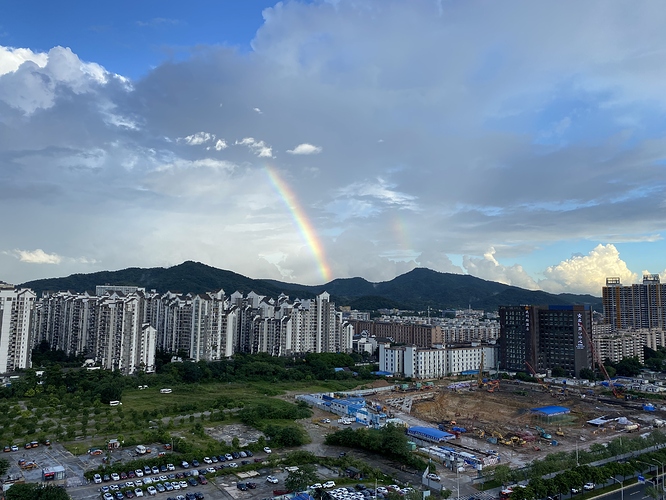A couple days ago, I clicked open a short email from Aileen and Johan on the one-hour subway ride from home to work, and I was a little shocked to learn that “Right now it is looking like New Zealand will keep their borders shut for a couple of years (with the exception of Australian).” Aileen and Johan are the directors of Govett-Brewster Art Gallery in New Plymouth. We’ve been corresponding on a regular basis about the touring exhibition of Candice Lin coproduced by the Times Museum, Spike Island, and Govett-Brewster. The domestic lockdown and the closing of national borders have disrupted the schedule of the tour, and what was supposed to be the first presentation—at the Times Museum (from March 21 to May 24, 2020)—has been postponed to 2021. Aileen and Johan are optimistic about installing the exhibition without Candice’s presence and plan to keep the original opening date in August this year. I had been looking forward to visiting New Zealand if the international lockdown got lifted in the coming months, so I could get a physical sense of the installations that connect the artist’s material experiment with the audience’s bodily experience. I was eager to find out how Candice’s critical interrogation would be implemented and perceived in a challenging situation like this. The news from Aileen and Johan has just dismissed this possibility.
This exhibition has a particular meaning in a time of pandemic. When I drafted the first sentence of the curatorial statement in the first week of January this year, I had no idea that it would become a prophecy: “2019 seemed to be the recurrence of a plague year which has haunted human history since medieval times. Regardless of the scale of the epidemics and how they are now domesticated as primary security issues for most modern nation states, diseases related to virus spread between human and animals are still referred to as the ‘Black Death’…” One outstanding structure of Candice’s cinematic setting is a wooden trebuchet filling the space almost to the ceiling. It’s swinging arm seems to be stationary and not threatening, yet people are invited to slip on the plague doctor’s helmet and cloak, and put on VR goggles to experience the launching of decomposing body parts in 3D virtual reality. The nightmarish scenario refers to the the Siege of Caffa in 1346, which occurred during the Black Death plague. The complex installation connects the historical context with the status quo, where the long history of infectious disease is still permeated by racialized fantasy and the many colonial narratives constructed around it.
The conceptualization of the artist’s research, the fabrication of the objects, and the circulation of the exhibition manifest the global chain of production that has been taken as normal in the art world: Candice paid a visit to Guangzhou last year, which situated her research on the opium and coolie trade with the treaty port history of the city; then she experimented and produced the “decomposing body parts” as sculptural pieces in her studio in Los Angeles; as an institution specializing in technical and exhibition services, Spike Island in Bristol took care of the fabrication drawings of the trebuchet, which would be adapted by the two other institutions; all three partners split the cost of production and transportation, and would eventually benefit from the expanded bandwidth of international publicity. All of these seemed to be in good place before the pandemic put on hold bodily and material flows across borders. It is a dilemma that we all have to recognize in the corona ecology: once sovereign borders are redefined for national security reasons, who or what is allowed to travelled will become a new form of demarcation. After years of speculating on the post-human and the material turn, the global traffic of things might indeed survive the pandemic, but human migration may not. Are we really ready to forgo the inter-human, temporal-spatial intimacy that grounds our cosmopolitan imaginations?
Borders and barricades existed long before the emergence of Covid-19. I still remember the anxiety of applying for visas to the Netherlands, Turkey, the UK, and Russia within a single month as part of the requirements to participate in de Appel’s curatorial program. It is almost funny now to recall my European colleagues’ fascination with my diverse visa sticker collection. 2009 was the geopolitical pinnacle of the former east, in my younger mind. I had doubts about my qualifications for being part of the rest-west artworld, as I was not free to travel. Ivan Krastev referenced Ken Jowitt’s post–Cold War metaphor of “a singles bar of a kind” in her essay “Majoritarian Futures”: “This is a world rich in experience, but it does not lend itself to stable identities and it does not engender loyalties. Not surprisingly, as a reaction, we see the return of the barricade as the desired border. It is exactly this transition—from the disconnected world of the 1990s to the barricaded world emerging today—that has changed the role performed by democratic regimes. It replaces democracy as a regime favouring the emancipation of minorities with democracy as a political regime that secures the power of majorities.”1
My rich experience of being able to pass through the sliding door of the global art world provides me with a sense of relational criticality and self-reflexivity. I’m more aware than before of the privilege of being minorities, of being able to enjoy the celebrated moments of transnational friendship and loyalty, the emancipatory powers of after-midnight encounters in strange new places, the warm-hearted chats in the corner of an after party, the genuine face-to-face conversation with someone who stays past the Q&A section of a talk…We embark on journeys to refresh our personal identity and ideological backdrop, to get lost on the ground, to be confronted by others and relate to one another in an imagined community. After digesting the message from Aileen and Johan, I stepped out of the subway station and crossed the buzzling street in front of the Times Museum. Am I ready to tell our new curatorial intern that such prospects won’t be promised for their generation that emerges after the end of the current crisis?
×
1 Ivan Krastev, “Majoritarian Futures,” Dublin Review of Books , May 1, 2017 →.
